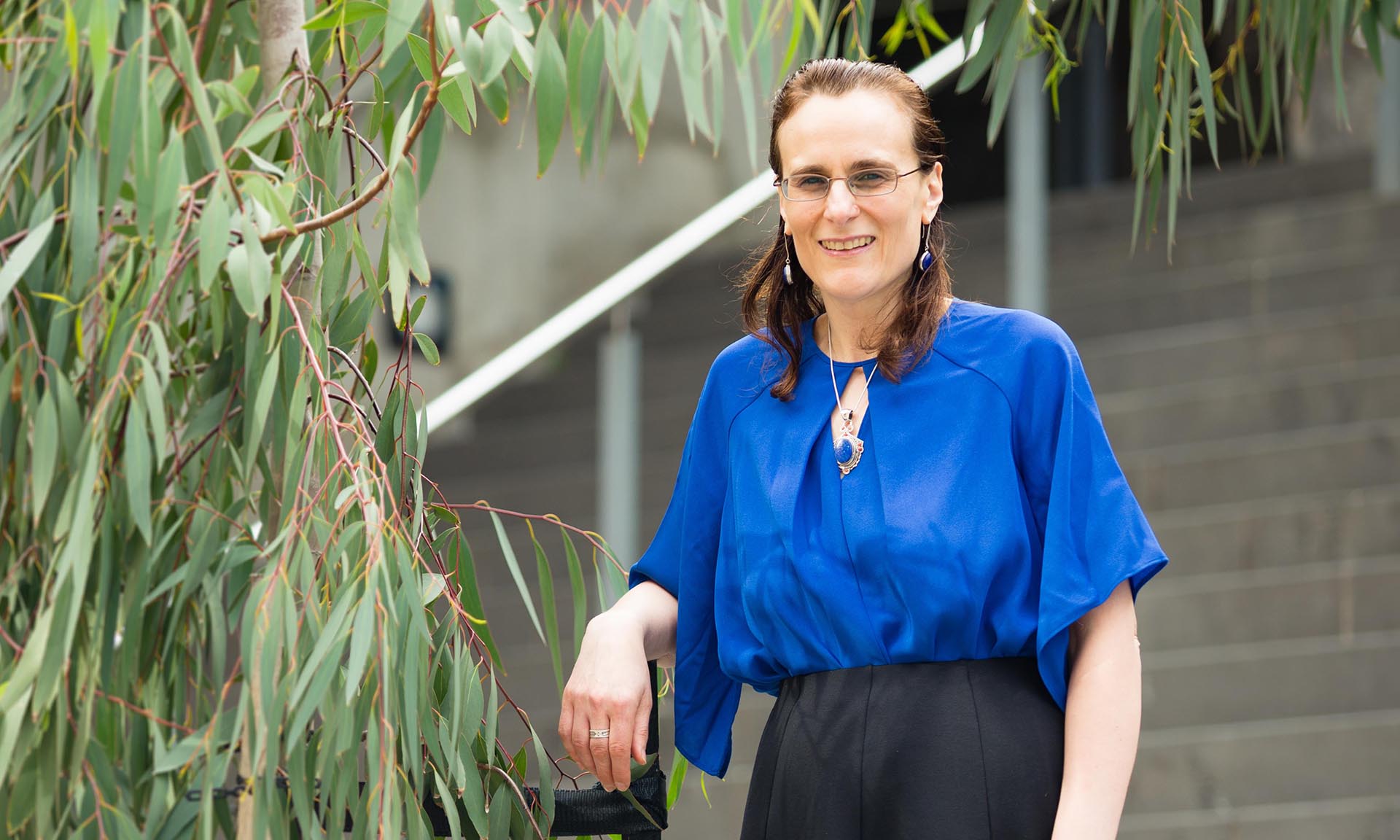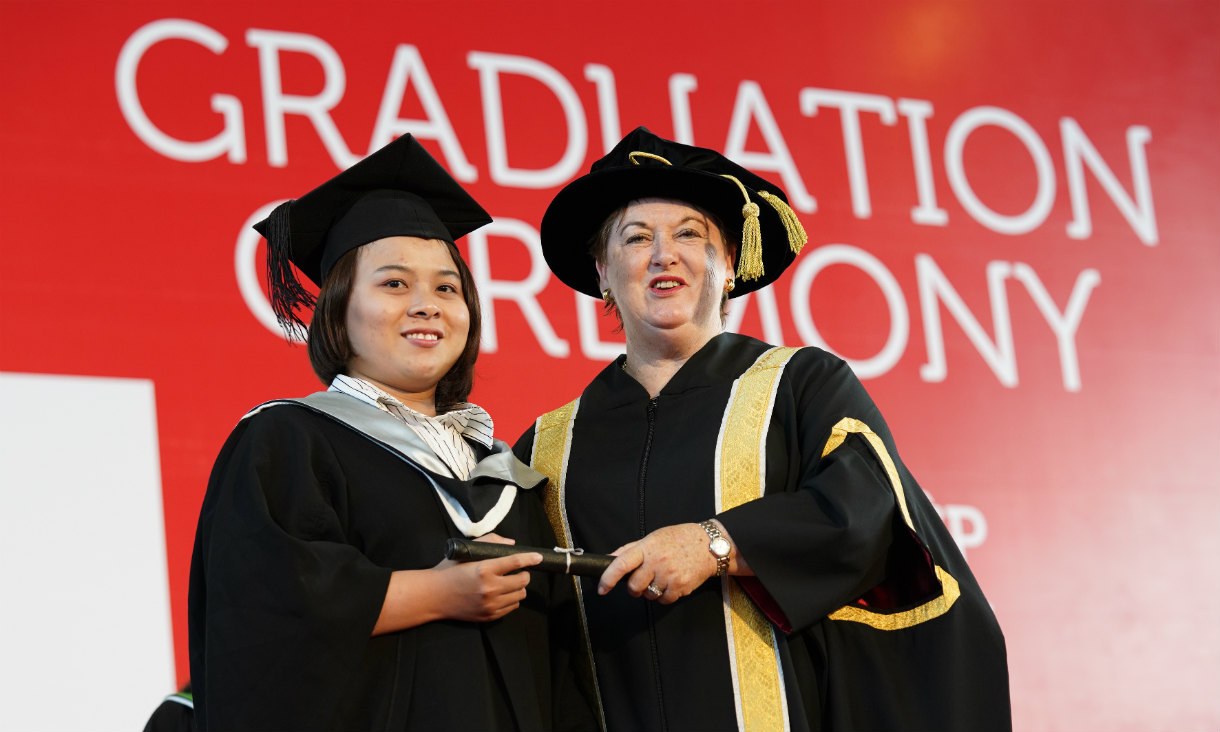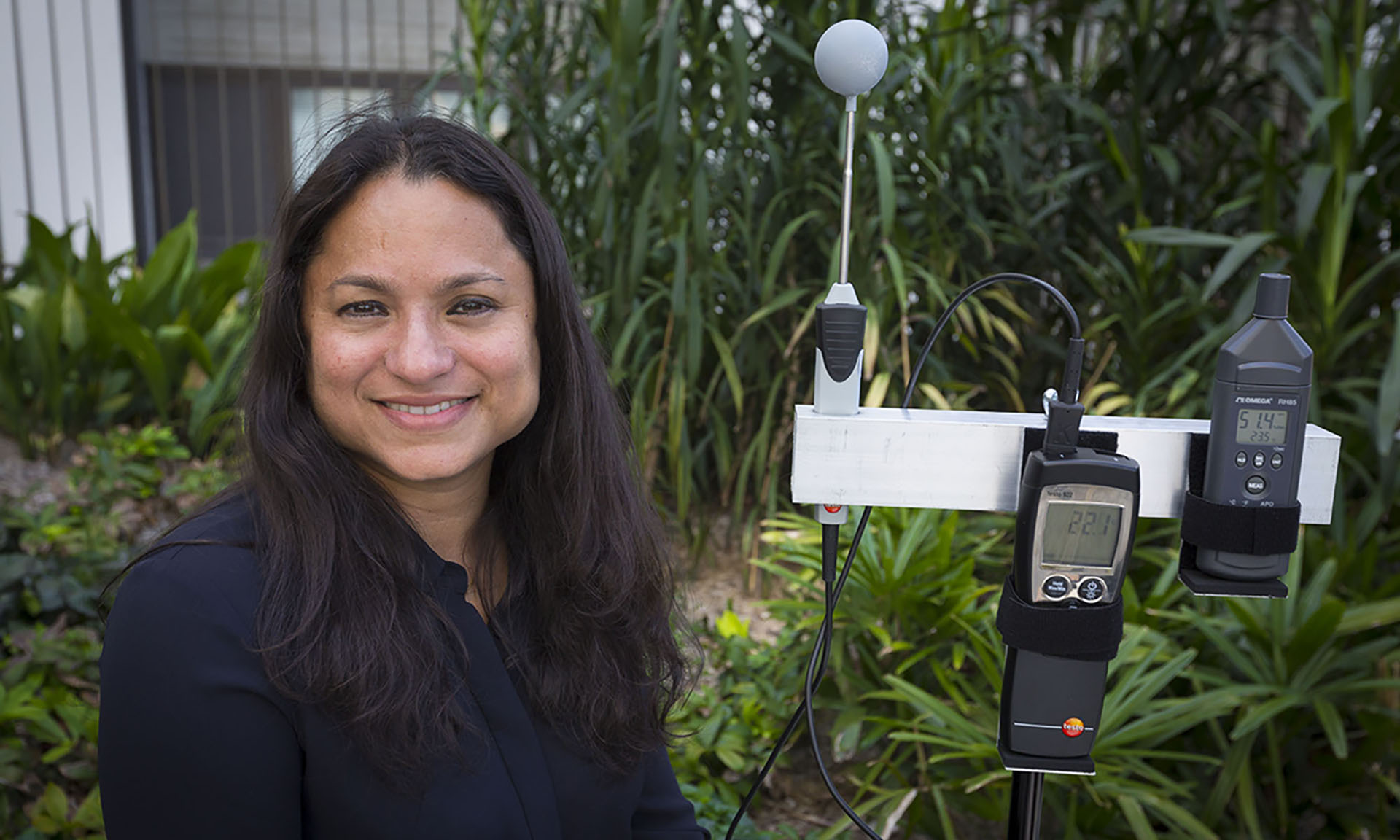RMIT University, in collaboration with Flight Data Systems, is delivering Australia’s first Remote Pilots Licence as part of a degree. The course is also the first in an Australian university to be delivered by industry.
Senior Lecturer at RMIT’s Aerospace Engineering & Aviation, Dr Graham Wild, said that the global UAV (unmanned aerial vehicle) market is predicted to reach $11.2 billion by 2020, and that Australia is well placed to be a key player.
“This is a new industry that is making ‘aviation’ available to the masses as a service industry.
“It is employing thousands of people in the country, and this is growing; the direct benefits in farming and search and rescue help people and society daily,“ Wild said.
RMIT is expecting high demand for the new course, which is being offered as a university wide elective, to enable all students at RMIT to be part of the unmanned aviation industry.
As an elective for the Bachelor of Applied Science – Aviation, and Bachelor of Engineering – Aerospace, these students will be given an opportunity, as part of their degree, to earn a ‘micro qualification’, giving then new opportunities in the booming unmanned aviation industry.
It gives students the opportunity to acquire an RePL for the small class of multi-rotor aircraft, 2 to 25 kg, with a restriction up to 7kg, allowing students to get jobs where they are paid to fly these aircraft for commercial operations for a company or organisation that holds a Remote Operators Certificate.
Typical uses for drones in the size category include carrying large cameras, like those used in film and TV, along with platforms for hyperspectral imaging, like those used on farms.
Dr Wild said the micro qualification was key to graduate job outcomes.
“The majority of these companies are small business, so walking in with a micro qualifications means you will not cost the company $3,500 in training costs. You can go out the day you start and fly, to earn rather than cost money, he said.
“Unmanned aviation goes beyond aviation and aerospace, and is applicable in civil/structural/environmental engineering, in geospatial sciences, even construction management and architecture utilise unmanned aerial systems.
“It’s essential that our graduates keep up with this rapidly-growing industry.”
A future postgraduate offering, where students will also utilise fixed wing aircraft in the excluded sub 2 kg category, giving them more flexibility, will be offered in 2019.
RMIT is a national leader in Aerospace Engineering, ranked 5 by Excellence in Research Australia, as world leading, the highest in the country.
Story: Karen Phelan








